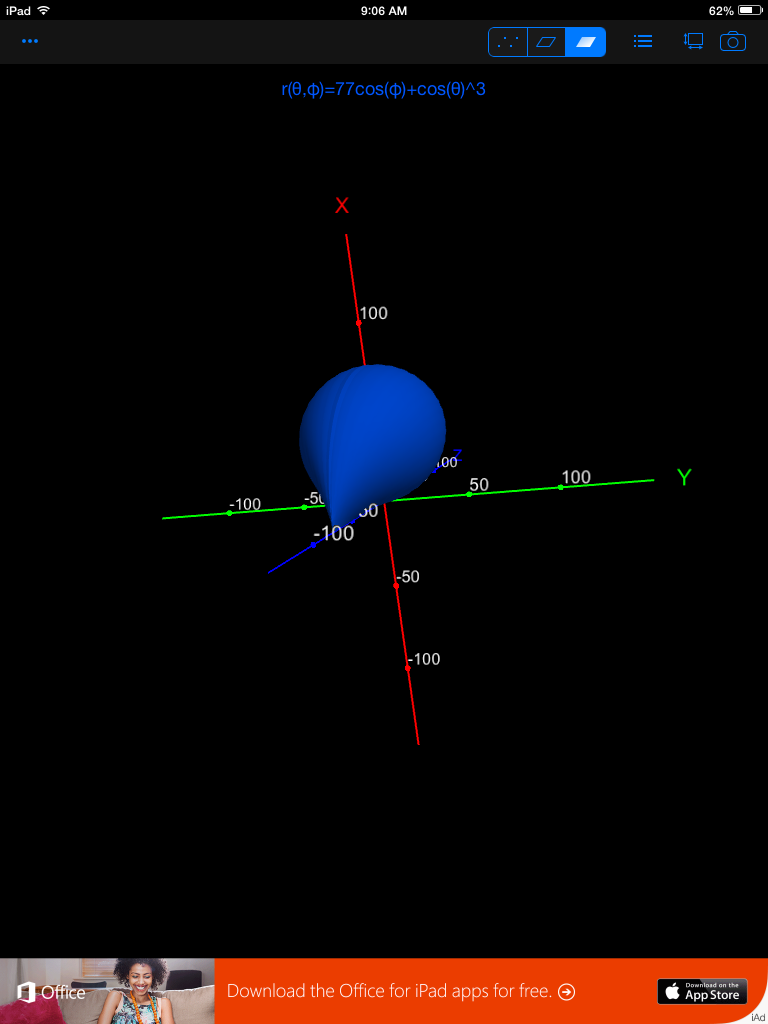In my free time, I like to look at stats of NBA legends to understand why they were so famous and successful. Today, I was reading about Wilt Chamberlain and I saw that in his 1961-1962 season on the Philadelphia Warriors, he had an average of 48.5 minutes per game in a game where there are only 48 minutes per game. I researched the history of the length of NBA games to see if they were longer back then or something, but I found that they've been 48 minutes since the beginning of the NBA. The only reason Wilt averaged more than 48 minutes per game is because of the few games that went into overtime.
On basketball-reference.com, I found that 10 overtime periods were played by the Warriors that season (5 single-overtime games, 1 double-overtime game, and 1 triple-overtime game). Each overtime period is 5 minutes long, so since there were 10 OTs, 50 extra minutes were played.
There were only 80 games in the season at the time, so the number of regulation minutes that season (48X80) was 3,840. With the 50 OT minutes, the total was 3890. Wilt played 3882 minutes that season. 3882/3890 =
99.79% of the total minutes played. Interestingly, I found on Wikipedia that the only reason he didn't play those 8 minutes was that he was ejected from one game with 8 minutes left after getting his second technical foul.
His 3882 minutes over 80 games in a season (3882/80) means
he averaged exactly 48.525 minutes per game.
Wilt Chamberlain was 25 years old that season. To compare to a modern NBA superstar, Kevin Durant is 25 years old this season and averages 38.4 minutes per game this season. This number is already ten less than Wilt's average at the same age, and is probably higher than it would have been because Oklahoma City's other superstar Russell Westbrook missed 31 games this season. But even at this pace (in today's 82-game season), Durant would play 3148.8 minutes,
over 700 minutes fewer than Chamberlain! This is certainly partially why Chamberlain retired after 14 seasons, while current NBA stars can last much longer. For example, Tim Duncan is in his seventeenth season on the San Antonio Spurs and still plays at an elite level. Because of increasing awareness about injuries and the fact that athletes usually want their career to last as long as possible, I don't think we'll ever see a player play as many minutes as Wilt again.
Works Cited:
http://www.basketball-reference.com/teams/PHW/1962_games.html
http://en.wikipedia.org/wiki/Wilt_Chamberlain
http://espn.go.com/nba/player/_/id/3202/kevin-durant
.JPG)

.JPG)
.JPG)
.JPG)







.JPG)
.JPG)
.JPG)

.JPG)




